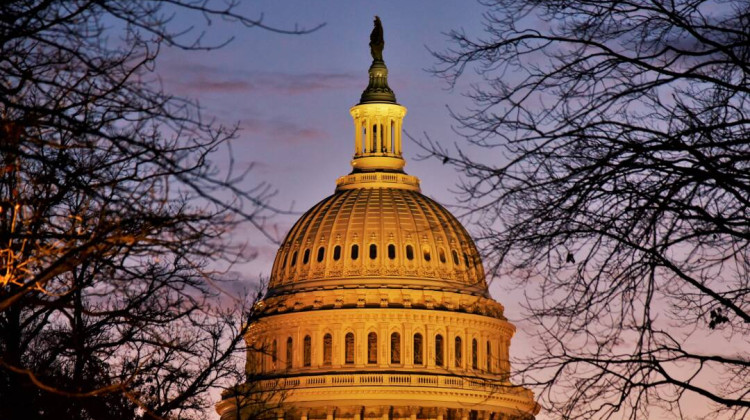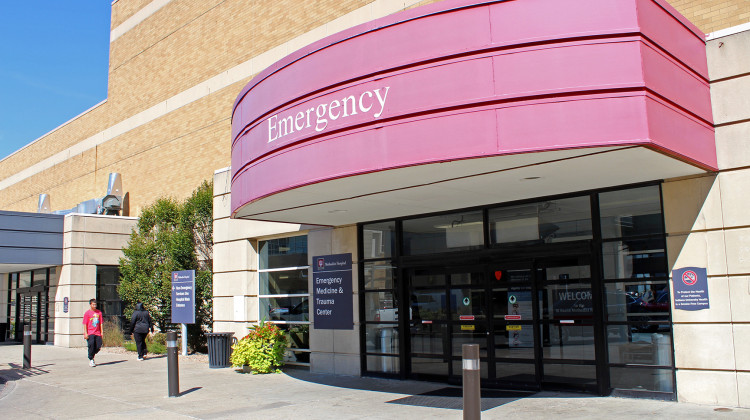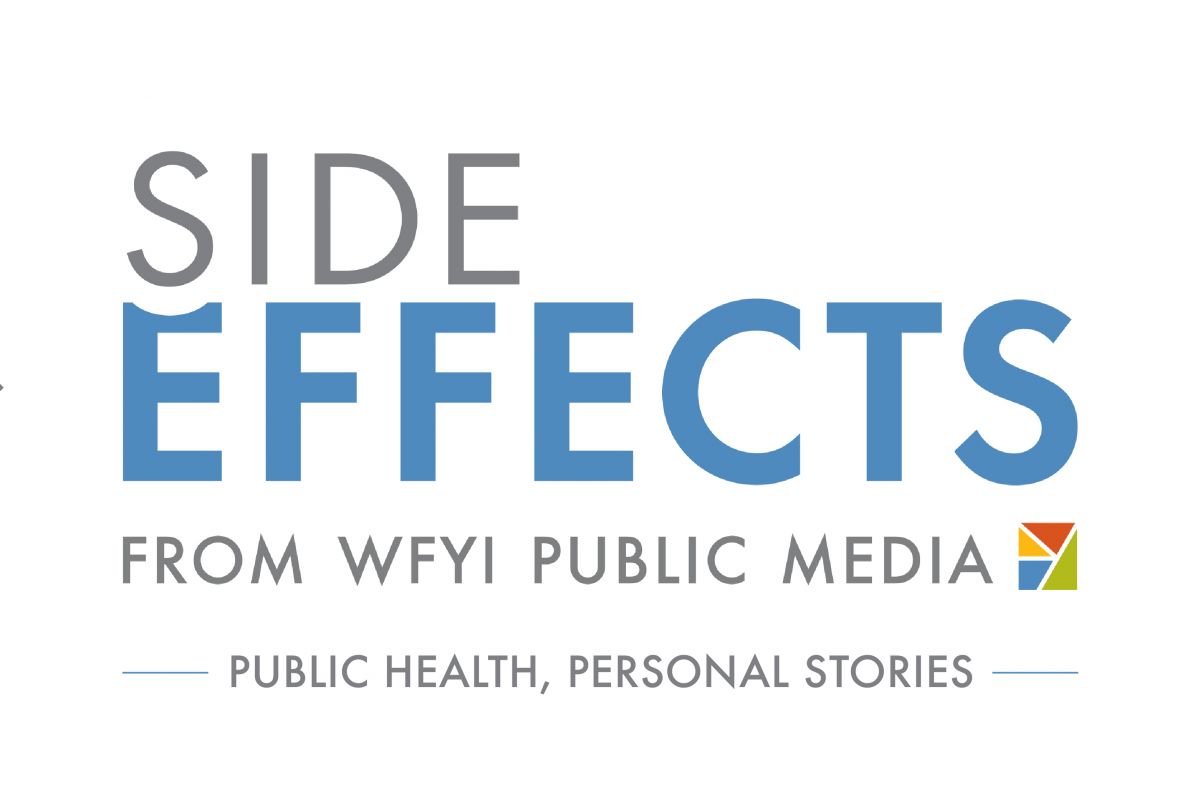Note: This story was updated at 10:30 a.m. February 23, 2017.
The federal government is welcoming public comment on an application to renew Indiana’s Medicaid program until March 17. The program needs federal approval to continue because its design is an experiment: Unlike Medicaid expansions in other states, the Healthy Indiana Plan, or HIP 2.0, requires members to make monthly payments. Now Indiana has to argue that the experiment is working.
HIP 2.0 was originally approved in 2015 under the Affordable Care Act, and has been touted by national health policy makers. Proponents of the program say the payment requirement promotes personal responsibility
As of December 2016, the program had extended coverage to about 260,000 Hoosiers, for a total enrollment of nearly 398,000. If the state’s application is approved, Indiana will be allowed to continue the experiment for three more years.
But a close reading of the state’s application reveals misleading and inaccurate information being used to justify the extension. And some health policy experts argue the information presented by the state actually shows that the program is not working as well as it should.
Here, in consultation with those experts, we fact check some of the state’s arguments.
Claim: Most members are making regular payments to maintain coverage
Fact-check: A lot of people are missing the first payment
The state’s application says that “over 92 percent of members continue to contribute [to their POWER accounts] throughout their enrollment.”
This claim is missing a lot of context. More on that soon. But to understand why it’s important, you first need to understand how HIP 2.0 works.
Members can get HIP 2.0's more complete coverage, the HIP Plus plan, by making monthly payments into a “Personal Wellness and Responsibility account,” or POWER account.
There are penalties if you miss a payment. If you make less than the federal poverty level — about $12,000 a year — you’re bumped to HIP Basic. HIP Basic is a lower-value plan that requires copays and doesn’t include vision or dental.
If you’re above the poverty line and miss a payment, you’re locked out of coverage completely for six months.
So back to the missing context. The state’s claim that 92 percent of members make consistent payments is based on data in a report by the Lewin Group, a health policy research firm in Virginia that evaluated HIP 2.0’s first year.
But the Lewin report also says that when people are signing up for HIP 2.0, they can be declared “conditionally enrolled,” which means they’re eligible but have not yet made their first payment.
According to the Lewin report, in HIP 2.0’s first year, about a third of people who were conditionally enrolled never fully joined.
“I don't see those numbers being captured,” says David Machledt, senior policy analyst with the National Health Law Program, which advocates for the health rights of low-income individuals. Machledt says the state should recalculate the figure to include those people, because it's potentially an indicator that people are confused about how the program works, or that they can't afford the payments.
He adds that the figure cited is also based on the first year of HIP 2.0, and that the rate of people getting kicked off their coverage for missing payments has increased substantially since then.
Claim: HIP 2.0 users check their POWER account
Fact-check: More than half of people don’t even know they have one
The state says the POWER account is promoting personal responsibility in health care. As evidence, the state writes in its application that 40 percent of HIP Plus members “check their [POWER Account] balance at least once a month.”
But again, the state leaves out important context. According to the Lewin report, most people in HIP Plus didn’t know they had a POWER account. Of those who did, 40 percent of them checked their account once a month, but that’s much smaller than 40 percent of all HIP Plus members. In fact, an analysis of the numbers shows only about 19 percent of HIP Plus members reported checking the balance of their POWER account monthly.
So rather than evidence of personal responsibility, Judy Solomon, Vice President for Health Policy at the nonpartisan research institute Center on Budget and Policy Priorities, sees evidence of confusion.
“I think that's another really significant finding [in the Lewin report] that so far I have never seen the state come to terms with,” says Solomon.
Claim: People on HIP Plus are more responsible
Fact-check: Experts say HIP Plus is just better insurance
Using the same information, the state and some health policy experts come to very different conclusions about HIP 2.0.
The application also says “HIP members who contribute [to their POWER accounts] are twice as likely to obtain primary care (31 percent to 16 percent), have better prescription drug adherence (84 percent to 67 percent), and rely less on the emergency room for routine treatment...”
David Machledt says simply showing that HIP Plus members use the emergency room less frequently than HIP Basic members doesn’t tell the whole story. “They don't talk about the risk profile of those different groups,” Machledt says. He says people who are above the poverty line are generally less likely to frequent the ER in the first place. “There's no evidence to me that they've risk adjusted... to show that they're comparing apples to apples,” he says.
Indiana argues that the higher levels of primary care use and drug adherence for those making POWER account payments “confirms the principle of personal responsibility.” But Judy Solomon says the differences in behaviors actually just confirm something else: Those who pay their POWER account have better insurance. HIP Plus makes it easier for people to access primary care and to adhere to their prescription drug regimens, Solomon says.
“The policy for people in HIP Plus is that they get a three-month supply of drugs, and can even use mail order, without any copays,” she says. Meanwhile, people in HIP Basic have to pay copays and are limited to a one-month supply of drugs.
Solomon says getting less primary care and relying on the ER for health crises is worse for patients and could also mean higher costs. Given that HIP 2.0 is a trial being run with the permission of the federal government, Solomon says it might be better to stop the experiment now, rather than extend it. “You have large numbers of people that are not getting care in the right place at the right time, and not maintaining adherence to prescription drug regimens.”
Claim: HIP 2.0 is exceeding its enrollment projections
Fact-check: No, it isn’t
The state’s application reads “…HIP has continued to meet its enrollment goals with over 394,000 individuals fully enrolled in HIP as of December 1, 2016.”
But the state isn't meeting its enrollment goals.
The projection chart (below) assumed that HIP 2.0 would start January 1, 2015. But the program didn't begin until February 2015, so the table is off by one month, according to a statement from Indiana's Family and Social Services Administration. That means the enrollment projection for December 2016 should be 424,339 (noted on the chart as November 2016's projection).
And the most recent enrollment report shows 403,142 HIP members in January 2017, still short of the state's projection of 427, 702.

Enrollment projections for HIP 2.0 submitted to CMS in 2014.
Credit Healthy Indiana Plan Expansion Proposal/FSSA
Claim: Surveys show people like HIP 2.0
Fact-check: Experts say the survey data is not reliable
There’s reason to doubt the survey results that underlie much of the Lewin report, according to Leighton Ku, director of the Center for Health Policy Research at the Milken Institute School of Public Health at George Washington University.
“They were not using what would generally be considered best practices in their survey methodology,” Ku says.
Ku says the methodology available to the public is vague. From the information provided, he says there are multiple ways that bias could have been introduced into the survey results used in the Lewin report. For one thing, the sample sizes of the survey were too small to draw accurate conclusions, Ku says, and the data was analyzed using “not an optimal method.”
Ku says the results are not displayed in a scientific manner, and that it appears the survey and analysis were done in a hurry. “You would not, as a survey researcher, have great confidence in the results that they show,” he says.
Conclusion
As Indiana looks to extend HIP 2.0, the health policy experts who spoke to Side Effects say it’s important to get an accurate picture of how well the program is working. Requiring POWER account payments was key to making the program a reality under conservative leadership in Indiana, but they say a more traditional Medicaid expansion — one that does not require monthly payments and 6-month lockouts — is a better option.
In an in-person interview, Side Effects presented some of these findings to Jennifer Walthall, who heads the Family and Social Services Administration, the government agency that runs HIP 2.0. She said that to comment on discrepancies between the state’s extension application and the Lewin report, “I would have to go back and look at the way that these data were reported.”
“I’m happy to look into that and get that for you,” she said.
After that interview, a spokesperson for the agency followed up with an email about the percentage of HIP Plus members who check their POWER accounts. The spokesperson wrote that the phrase “Of the members surveyed” was unintentionally omitted from the statement. The message did not address the overall concern that the statement was misleading.
Update: This story has been updated to include responses from Indiana's Family and Social Services Administration. According to FSSA, the previous version of this story incorrectly stated that Indiana had not met its projections for HIP's first year. We have removed this from the current text.
In a prepared statement in response to the story, the agency noted that the state "has made significant achievements" on HIP 2.0's stated goals and that it looks forward "to continuing to build on these successes with future versions of HIP . . . The analysis of this program is constant and ongoing and includes continuous conversation with our federal partners to discuss all aspects of the proposed waiver as well as program outcomes."
Side Effects Public Media is a health reporting collaborative based at WFYI in Indianapolis. Jake Harper can be reached at 317-614-0482 or jharper@wfyi.org. Follow him on Twitter: @jkhrpr.
 DONATE
DONATE







 View More Articles
View More Articles


 Support WFYI. We can't do it without you.
Support WFYI. We can't do it without you.